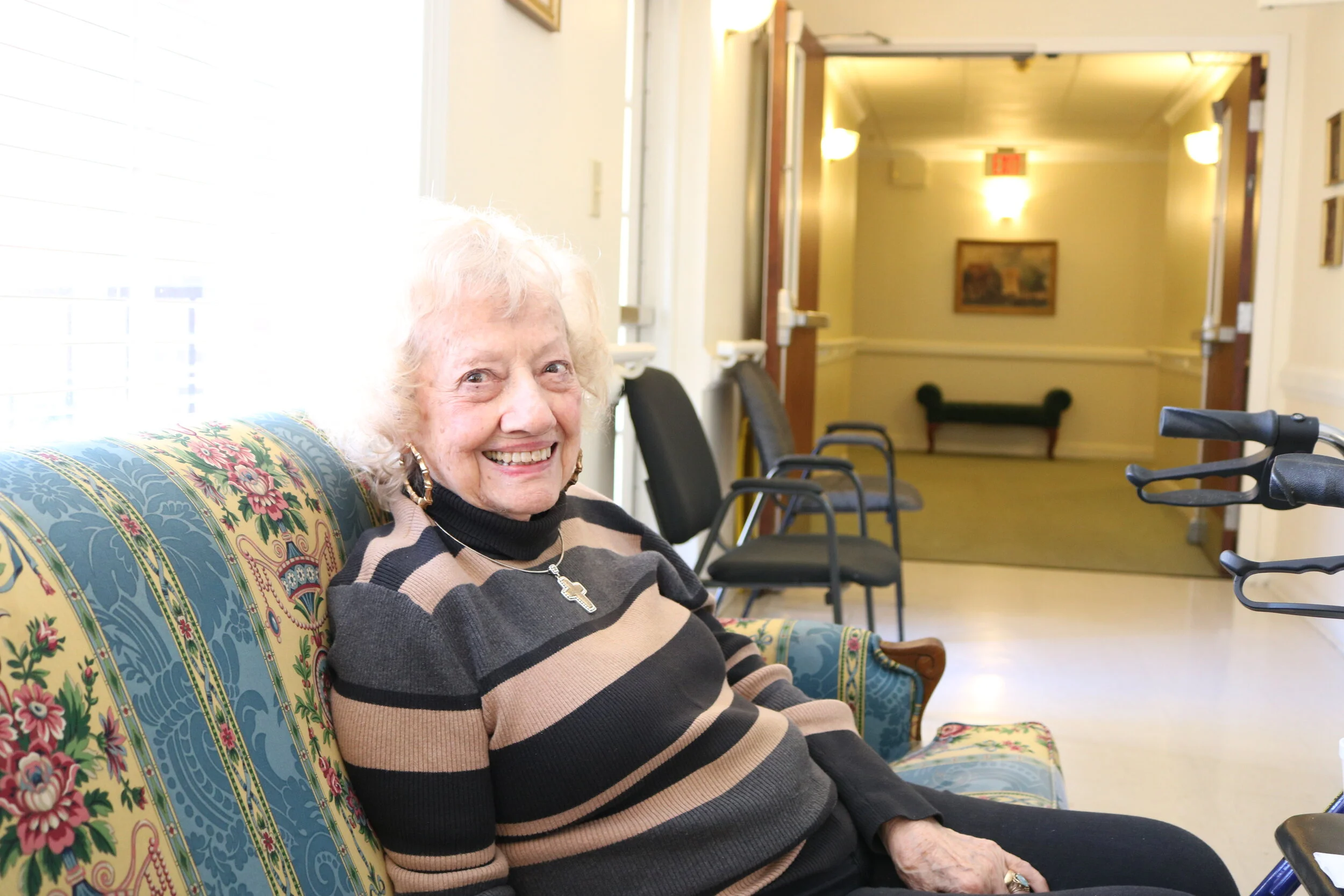About Murray House
Murray House Assisted Living Residence
Gracious care since 1829
Murray House has been caring for women and men of all races and religions with graciousness and hospitality since it was founded in 1829. Then it was known as the Women’s Benevolent Home. Through the years it has served as a home for elderly, women, orphans and widows of Confederate soldiers, and as a respite home for caregivers during the yellow fever epidemic. In 1994, the Episcopal Diocese of the Central Gulf Coast took over the facility, and began making preparations to renovate. In 1997, the facility was opened, and it has evolved into the assisted living residence facility and offices, as you see it today, and it was renamed Murray House in honor of the Rt. Rev. George M. Murray, the first bishop of the diocese.
Our History
In the Beginning In 1829, The Benevolent Home for Aged Women was organized by interested members of the Government Street Presbyterian Church. The founders purpose was to provide comfortable living quarters for dependent elderly women. The Ladies Aid Society of the Government Street Presbyterian Church served as a volunteer board for the Home, to direct and manage the affairs of this early benevolent mission. The site for the Home was donated by Judge Henry Hitchcock, a grandson of Ethan Allen, of Revolutionary fame. Judge Hitchcock, a prominent citizen of Mobile during the 1800’s, also helped finance the Barton Academy building and the Government Street Presbyterian Church. Evolution and Change When the Home was first established, it was known as ‘Widows Row’. It was then a row of one story brick rooms on the North side of Eslava Street, between Warren and Dearborn Streets. As the Home began to evolve from its early existence, it was also fostered by a group of Mobile citizens known as the ‘Can’t-Get-Away-Club’. The Can’t-Get-Away-Club, was comprised by citizens who elected to remain in Mobile to nurse the sick, when most were leaving to escape the yellow fever epidemic. As time passed and the needs of the city changed, and the Home began to admit orphans along with Widows of Confederate Soldiers who were killed during the Civil War. Murray House Assisted Living Facility In 1994, the Episcopal Diocese of the Central Gulf Coast, at the request of the Home’s board, took control of the facility, and began to make plans to upgrade the facility. In 1997, following completion of the new construction, renovations and facility upgrades, the name of the Home was changed and began operating as Murray House Assisted Living. In keeping with our residents first philosophy, we have been caring for women and men of all races and religions with graciousness and hospitality since 1829. Now as Murray House Assisted Living, we remain committed to providing a dignified life in a modern and gracious setting for all of our residents with 21st Century amenities, and peace of mind for the families that trust us with the care of their relatives and friends.



